The Problem With Exterior Chimneys
Should you have an interior or exterior chimney? How does this affect the chimney performance?

A chimney works to extract smoke from an appliance that burns fuel. As the fuel burns, it creates heat that rises and carries the smoke with it. When it is cold, the reverse happens. It takes heat to make a chimney work. Atmospheric pressure and thermodynamics are the unseen driving forces that facilitate this process; this being the case, it would stand to reason that an interior chimney would work better than an exterior chimney. Then why are there so many exterior chimneys?
Exterior chimneys exist for mostly four reasons:
- Lack of understanding of thermodynamics.
- Fear of chimney fires. Putting the chimney on the exterior reduces the chance of the structure catching on fire when there is a chimney fire. However, this is a flawed idea: An exterior chimney produces far more creosote that an interior chimney, thereby increasing the danger of a chimney fire.
- The chimney was an afterthought and was not designed together with the structure. Because of the design or the construction of the structure, it is not feasible to install the chimney indoors.
- It was easier to construct an exterior chimney than an interior chimney.
If you are considering building a chimney, you must think in the long term. An interior chimney will perform better, as will a chimney that does not have a 90 degree elbow. The above picture shows the way the heat signature is changing from a constant vertical motion to a swirling motion after passing through the elbow and transitioning to horizontal. Notice the cooler blue streak and the white at the inner edge of the elbow: White is the hottest, blue the coldest. This is turbulence inside the chimney caused by the elbow.
If you must install an exterior chimney in a northern climate, you should consider some factors that may affect your chimney’s performance. For example, a masonry chimney will be several tons of thermal mass. When it’s cold it will take a long time to warm up and draft properly. Masonry chimneys require a foundation and are expensive to construct, while Class A chimney systems are prefabricated and meet certain UL safety standards. Class A chimneys don’t require a foundation and are easily constructed, saving time and money.
Another issue with masonry chimneys is how they handle seismic activity. Masonry chimneys are not very flexible, and with earthquakes becoming more common in more places, the risk for extensive damage to your home from chimney failure increases. Masonry chimneys require maintenance; if you can keep them from weathering by preventing moisture build-up, they will last a long time. However, once they begin to deteriorate from water freezing and expanding in crevices, structural integrity drops rapidly.
Masonry chimneys are a viable option in some cases, but you have to look at them for what they are: A giant heat sink on the exterior of a structure in cold climates. Consider that you could install the same fireplace with an interior chimney and the structure would be exponentially warmer, as is the case in older structures that relied on fireplaces by placing them near the center of the building.
Masonry chimneys can last for hundreds of years if they are properly maintained, and they can be a focal point on a structure that borders on artwork. Stone, fieldstone, flagstone, ceramic tile- the material options are vast, and a flagstone fireplace installed by an artesian can be a very beautiful thing. All masonry chimneys are constructed pretty much the same way, too: The structure of the chimney can be various types of masonry, with thicker material offering more protection against heat transfer in a combustible structure.
If you are connecting an appliance to a chimney, it is very important that you check the flue size of the appliance you are installing. An appliance that specifies 6″ chimney is not going to perform as designed when it is connected to a 12×12 chimney flue.
Relining a masonry chimney is advised when your flue is larger than recommended. All chimney flues require inspection periodically. It is best to hire a certified chimney professional with a camera that they can drop down the flue to inspect it properly. If there is a problem they can show you the video of the issue so that you understand. Terracotta flue liners can crack; the mortar between the tile sections can crack and fall out. Dropping in one piece of flexible stainless steel liner is the typical method of repair, but insulating the chimney liner before it is installed is recommended as it will help maintain higher flue temperatures, producing better draft. Insulating the liner will also help it burn cleaner as it reduces condensation issues inside, especially in an exterior chimney application.
If you are building an exterior chimney today, Class A chimney is a viable alternative. It is far less expensive, faster to construct, easier to maintain, and it will work better because it heats up faster, producing draft more quickly. Properly constructed and supported, a Class A chimney will survive an earthquake as long as the structure remains standing.
- Draft. Keep the chimney warm or install it inside whenever possible.
- Mitigate restrictions. Go straight up, whenever possible.
- Minimize turbulence. Install as close to the center of the structure as possible.
- Prevailing winds. Position chimney to receive the least amount of turbulence.
- Seismic activity. What happens to a masonry chimney after an earthquake? Where will it fall if it collapses?
- Flue size relates to draft, so make sure your appliance works with your flue size.
- Re-line the flue. If your flue is too large, cracked, or deteriorating, relining the flue can completely restore a masonry chimney.
- Costs. What’s the best bang for your bucks when building a new chimney or fireplace?
NFPA 211 is the main standard governing all chimneys and fireplaces. Most building codes are derived from 211 as masonry chimneys and fireplaces are constructed onsite and very widely in scope.
NFPA 211 reduces fire hazards by ensuring the safe removal of flue gases, the proper installation of solid fuel-burning appliances, and the correct construction and installation of chimneys, fireplaces, and venting systems.
ASTM are primarily masonry standards concerning the specifics of masonry fireplace and chimney, construction. When dealing with pre-fabricated chimneys and fireplaces UL 127 is the primary standard addressing the product.
Most U.S. building codes require the following:
- Masonry chimneys and fireplaces be constructed to ASTM and NFPA 211 Standards.
- Manufactured chimney and appliances carry UL certification and must be installed according to the MFG Installation Manual.
Tech Tip: The crown on a masonry chimney is critical to its lifespan. It is very important that the crown be inspected yearly for cracks where water can get inside of the masonry chimney. In cold climates this water can freeze, causing it to expand and create cracks, which will in turn allow more water in and hasten the destruction of the chimney’s integrity.
Obadiah’s Woodstoves is one of the oldest online Hearth dealers. The goal here is to share the knowledge of lessons learned so you don’t repeat our mistakes in your installation. Our sales and technical departments are very experienced and knowledgeable. We offer a vast product line, many of which are not on our website yet as the industry is constantly changing. If you are interested in something not found on our website, please call, we can probably help.
If you have a unique project that requires talking with a chimney expert, experienced in industrial, commercial, architectural, restoration, HVAC, we have the ability to do custom design and quotes for many types of venting systems. Just call or email us.
Obadiah’s focus has always been customer service. We have been building Hearth related websites for over 20 years. Some websites are for providing knowledge to the general public so that have a better understanding if they are researching before they purchase. They are our gift to you.
“I know of no time in human history where ignorance was better than knowledge”. – Neil deGrasse Tyson
Please visit our other websites:
https://woodstoves.net
https://www.discountstoves.net
https://www.stove-parts.net
https://www.cookstoves.net
https://wood-boilers.net


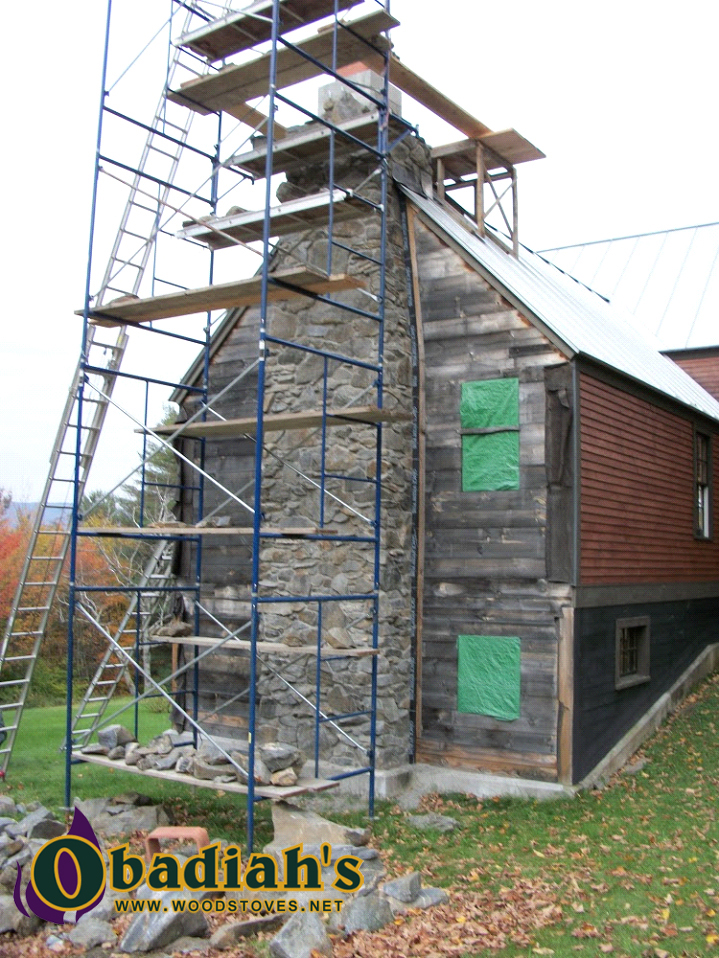

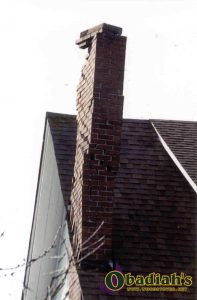
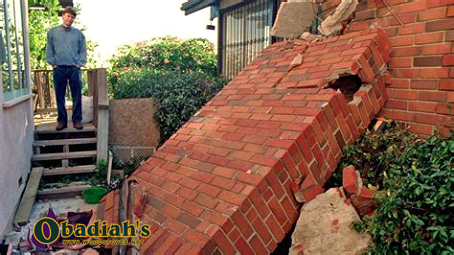
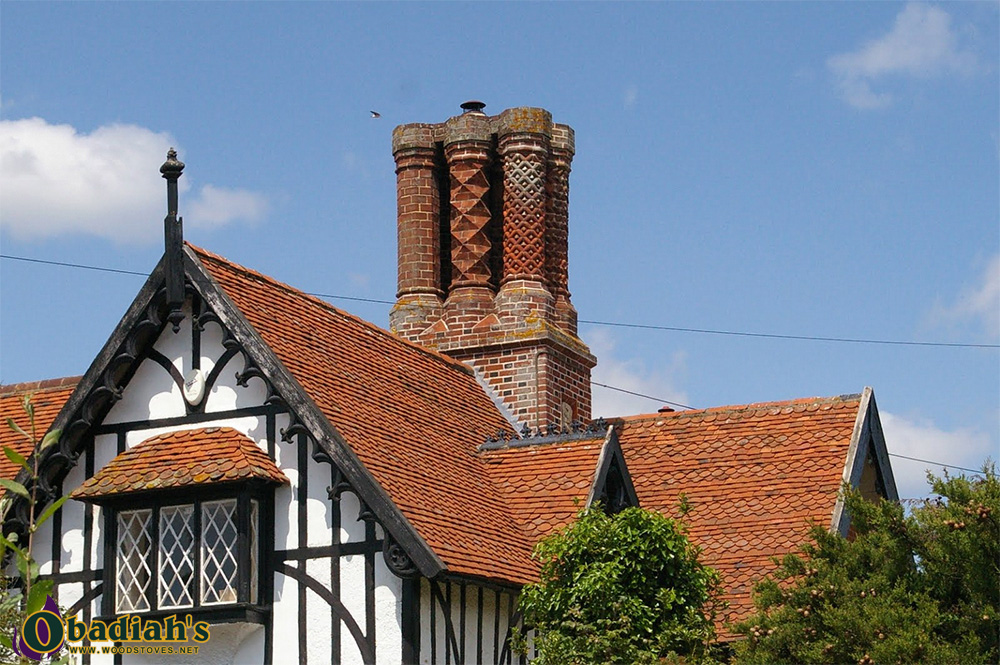
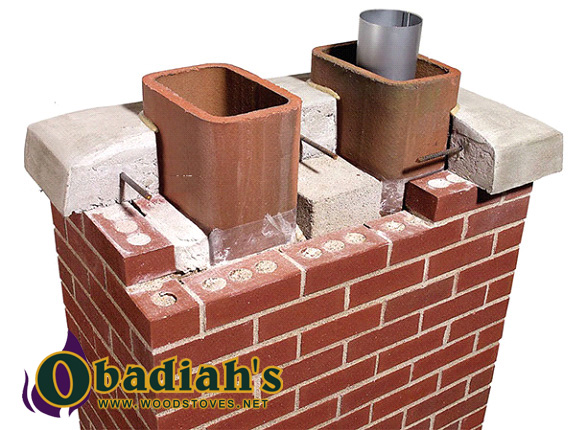
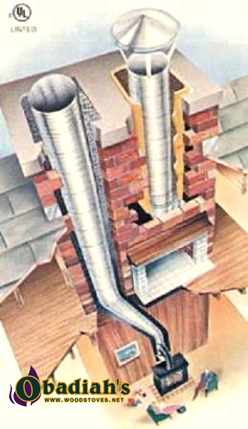


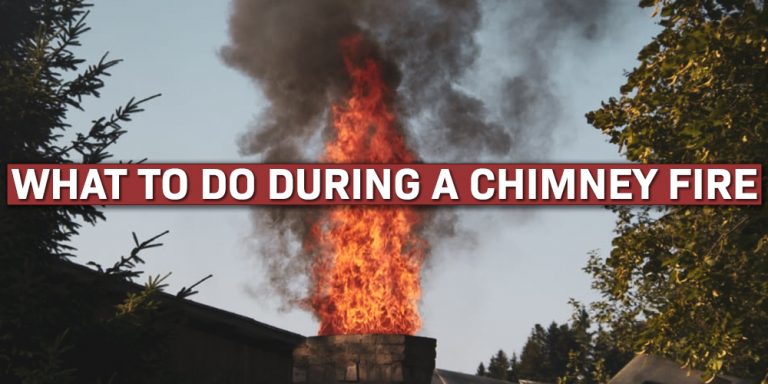
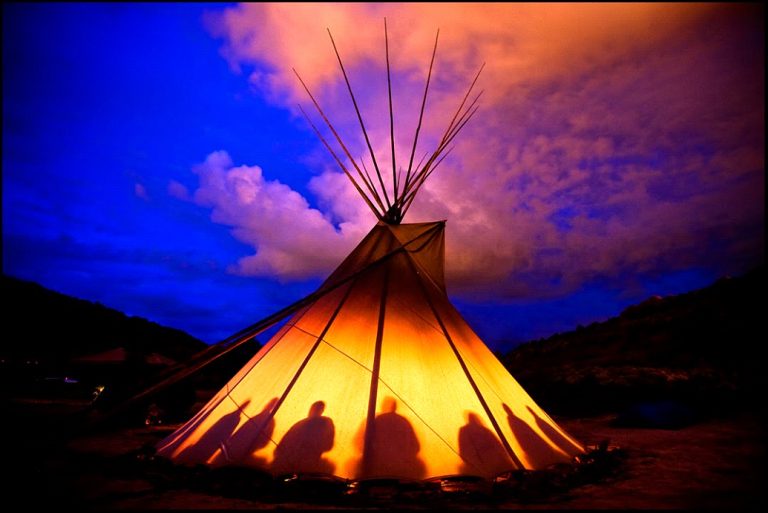
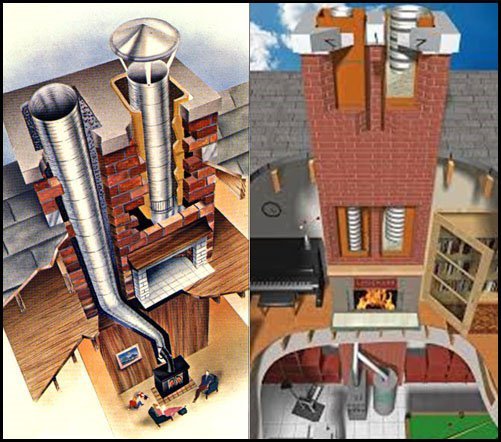

Excellent article- thankyou.